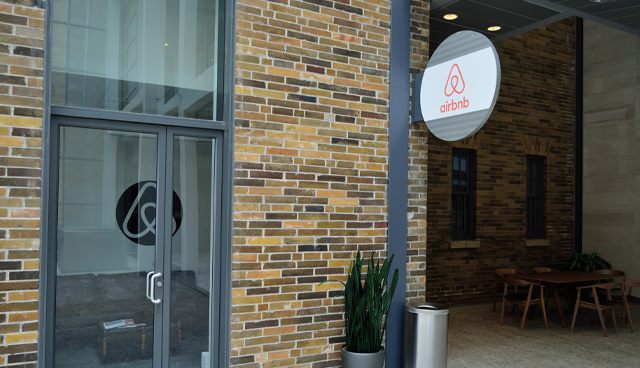
Airbnb challenge still live
4th July 2022
Addressing vacancy through compulsory purchase orders
4th July 2022Housing For All in a boiling pot market

Amidst an already strained housing market, a flurry of external punches to global supply chains in the shape of the coronavirus pandemic followed by the war in Ukraine has seen construction costs spiral, threatening the viability of housing throughout Ireland, write Joanna Bannon and Paddy Smyth of Fieldfisher LLP.
New homes overview
At a national level, the focus in the supply of housing is centred on the construction of new homes. Notwithstanding the mounting challenges in recent years, there has been some significant headway throughout 2020 and 2021. According to reports from Minister for Housing, Local Government and Heritage Darragh O’Brien TD, despite pandemic related construction shutdowns in Q1 and Q2 of 2021, there were approximately 1,300 more new homes built in comparison to 2020.
It remains the case that the majority of newly built social housing stock is provided through self-construction projects managed by the local authorities, approved housing bodies and acquisitions pursuant to the Part V provisions. The figures published by the Housing Agency in relation to supply sources indicate that in 2021 out of 25,000 units delivered for social housing purposes, just 2,230 were local authority completions and 742 were delivered as a result of Part V acquisitions. Local authority acquisitions amounted to 833 of the total units delivered in 2020.1 These statistics demonstrate how the delivery of new homes is being used as the main weapon to address the housing shortage despite the apparent abundance of vacant units throughout the country, which for one reason or another are being overlooked.
Soaring costs
The coronavirus pandemic significantly rocked global supply chains and disturbances are still felt by many industries, with the construction sector being no exception. Rising material prices had already been driving up construction prices throughout 2021. The war in Ukraine and soaring energy costs have only exacerbated matters.
In addition, the European Central Bank looks likely to increase interest rates to combat inflation which may provide another pressure point for developers of financed developments.
Local advantage?
The Department of Housing, Local Government and Heritage released figures in 2021 which showed that the average construction cost of a two-bedroom apartment is €230,300 when developed directly by local councils. The Society of Chartered Surveyors Ireland puts the cost of the same unit constructed by the private sector at between €219,000 at €262,000. The “soft costs” are not as high for local authorities; land acquisition, development finance and developer’s profit margins often represent the main differential between the cost of the privately and publicly built units. Could, or should, these advantages lead to a re-emergence of council build developments?
Where to now for Housing for All?
Will the ambitious Housing for All plan be threatened by the increasing costs of construction and building materials globally?
On 10 May 2022, the Minister for Public Expenditure and Reform, Michael McGrath TD announced measures to combat inflationary pressures on public works contracts. In the interest of safeguarding public projects already underway, and to mitigate the significant losses being sustained by contractors, Minister McGrath announced the Inflation Co-operation Framework for parties engaged under public works contracts. The framework will facilitate parties to engage with one another within the scope of addressing the impacts of exceptional inflation and supply chain disruptions. The framework recognises that neither party is responsible for global events and provides parameters within which parties contracted under public works contracts can agree additional costs. It is proposed on an initial basis that additional costs are apportioned between parties and subject to budgetary constraints. The State will bear 70 per cent of additional inflationary related costs.2
While there has been little mention of the current developments between private developers, local authorities, and approved housing bodies, it certainly raises the question as to how the exceptional increase in energy and building material price will impact new projects which have been tendered and/or contracted but now face significant feasibility challenges.
As far as construction contracts are concerned, employers will seek to ensure that the cost of the projects remains in line with the target costs. In practice, however, the contractors will struggle to fix the price of the materials for the duration of the project given delays between a tender issuing and the commencement of construction.
Conclusion
The issue of inflation raises many challenges for local authorities and approved housing bodies who are the main stakeholders in the planned delivery of the affordable homes programme. With the affordable housing and First Home Scheme applications due to commence in July 2022, the local authorities will come under pressure to deliver the projected stock. The Inflation Co-operation Framework will be a welcomed development to address the issue of inflation and one that can keep the Housing for All plan on track.
Joanna Bannon
T: 01 828 0684
E: joanna.bannon@fieldfisher.com
W: www.fieldfisher.com/en-ie/people/joanna-bannon
Paddy Smyth
T: 01 828 0928
E: paddy.smyth@fieldfisher.com
W: www.fieldfisher.com/en-ie/people/paddy-smyth








